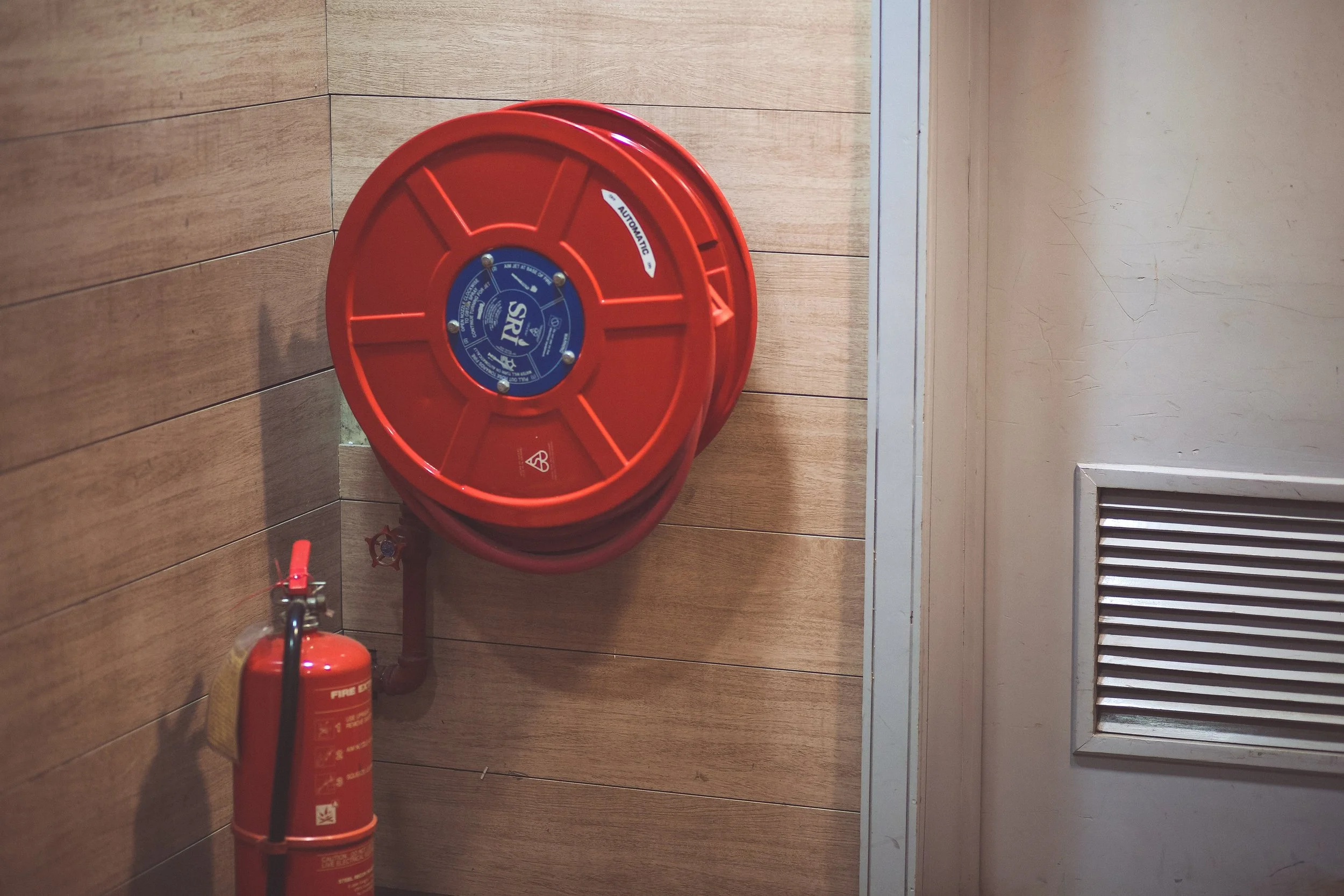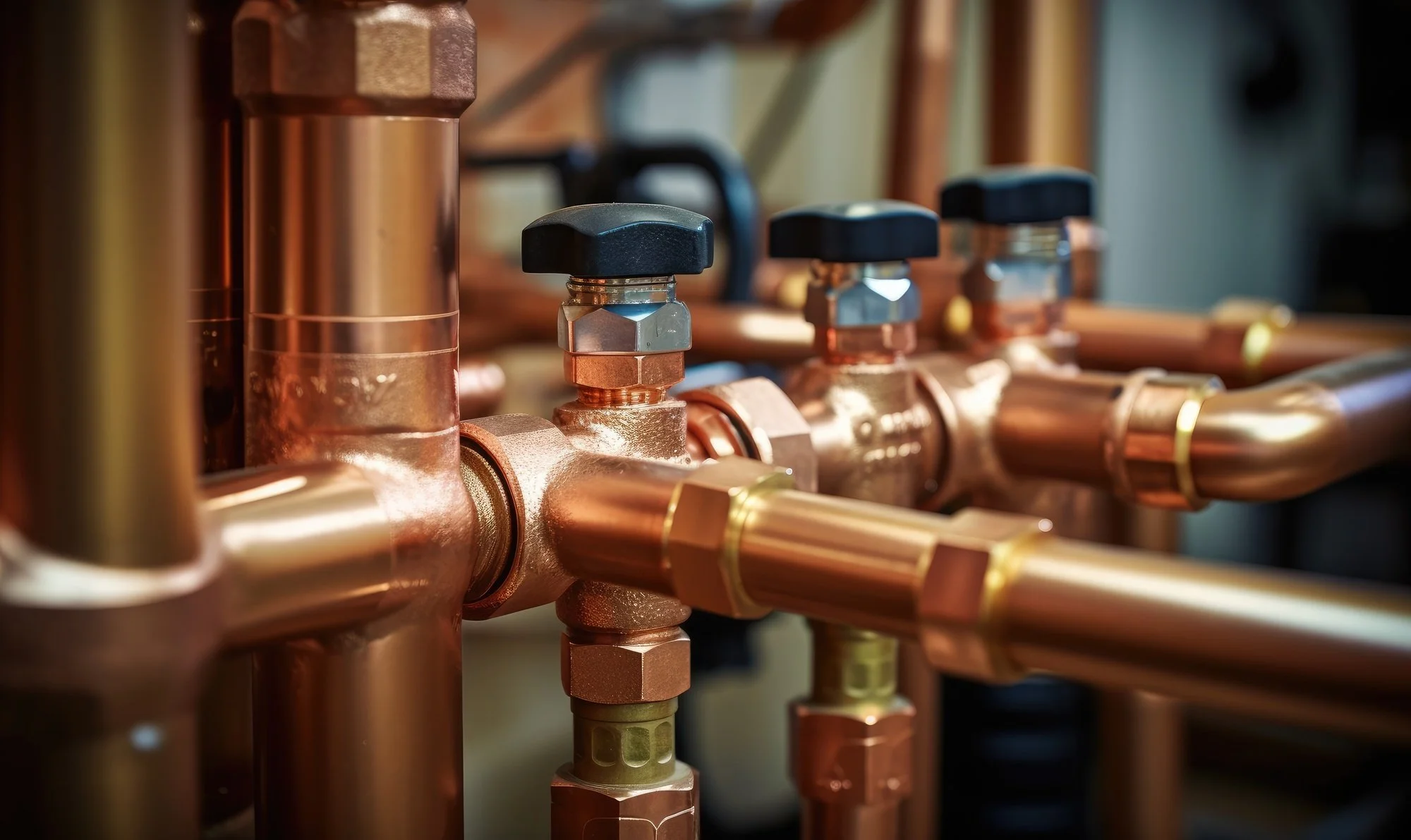Building a New Home? Keep These 5 Important Tips in Mind
RH Business Marketing Solutions
Building a new home is a significant endeavor that involves careful planning. Whether you're a first-time homebuilder or an experienced homeowner, the process can be both exciting and challenging. Before you become overwhelmed with decision-making, consider these five essential tips. These essential tips can help you reduce stress and surprises.
1. Define Your Priorities and Budget
Before breaking ground, you need to decide on your priorities and establish a realistic budget. Consider your needs and desires for the new home. You can decide which features are non-negotiable. Prioritizing elements such as the number of bedrooms, layout, and specific amenities will guide the design process. Simultaneously, you can develop a comprehensive budget that includes the construction costs. You also should budget for unforeseen expenses and potential upgrades. Having a clear understanding of your financial limits will help you make informed decisions throughout the building process, ensuring that you stay within budget without compromising on quality.
2. Choose the Right Location
The location of your new home is a decision that goes beyond the physical structure. You should consider factors such as the neighborhood, proximity to schools and workplaces, and the overall community vibe. Evaluate the local amenities, safety, and future development plans for the area. Additionally, assess the environmental factors, including climate and geographical considerations. For instance, if you're building in an area prone to natural disasters like floods or severe storms, you can incorporate additional safety features and compliance measures into your home design.
3. Hire a Reputable Contractor
Selecting trustworthy construction contractors in Wichita, KS or your area is arguably one of the most critical decisions in the home-building process. A reputable contractor can make the construction journey smoother, while a subpar choice can lead to delays, cost overruns, and potential headaches. Start by researching contractors and collecting recommendations from friends, family, or your chosen builder. Look for contractors with a history of successful projects similar to the scale and scope of your new home. Verify that the contractor is licensed, insured, and bonded. A valid license ensures that the contractor has met the requirements to operate in your area, while insurance protects you from liability in case of accidents on the construction site. Before finalizing your decision, carefully review the contract provided by the contractor. The agreement should outline the scope of work, project timelines, payment schedules, and any potential contingencies.
4. Prioritize Energy Efficiency
Building a home with energy-efficient and sustainable features is a responsible decision that can have long-term financial benefits. You can incorporate eco-friendly materials, energy-efficient appliances, and smart home technologies into your design. These measures reduce your environmental footprint and can lead to long-term cost savings on utility bills. Explore options for solar panels, energy-efficient windows, and proper insulation to enhance the overall energy performance of your home. Many regions offer incentives or tax credits for incorporating green building practices, making it a win-win for the environment and your wallet.
5. Plan for Future Needs
As you envision your dream home, think beyond your current needs and consider potential future requirements. This is especially important if you are planning to expand your family or have elderly relatives move in with you. Your home design should be adaptable and accommodating to different life stages. Adaptable designs may include creating flexible spaces that can serve multiple purposes. For growing families, you can leave room for potential expansions. By thinking ahead, you ensure that your home remains functional and relevant for years to come. This planning can reduce or eliminate the need for major renovations down the line.
Conclusion
Building a new home is a significant undertaking. Careful consideration of these tips can contribute to a smoother process. Defining your priorities and budget, choosing the right location, hiring a reputable builder, prioritizing energy efficiency, and planning for future needs are all crucial elements in creating your new home. You'll ensure that your home meets your immediate desires but also stands the test of time. As you embark on this exciting journey, remember that thoughtful planning and attention to detail are key to turning your dream home into a reality.














